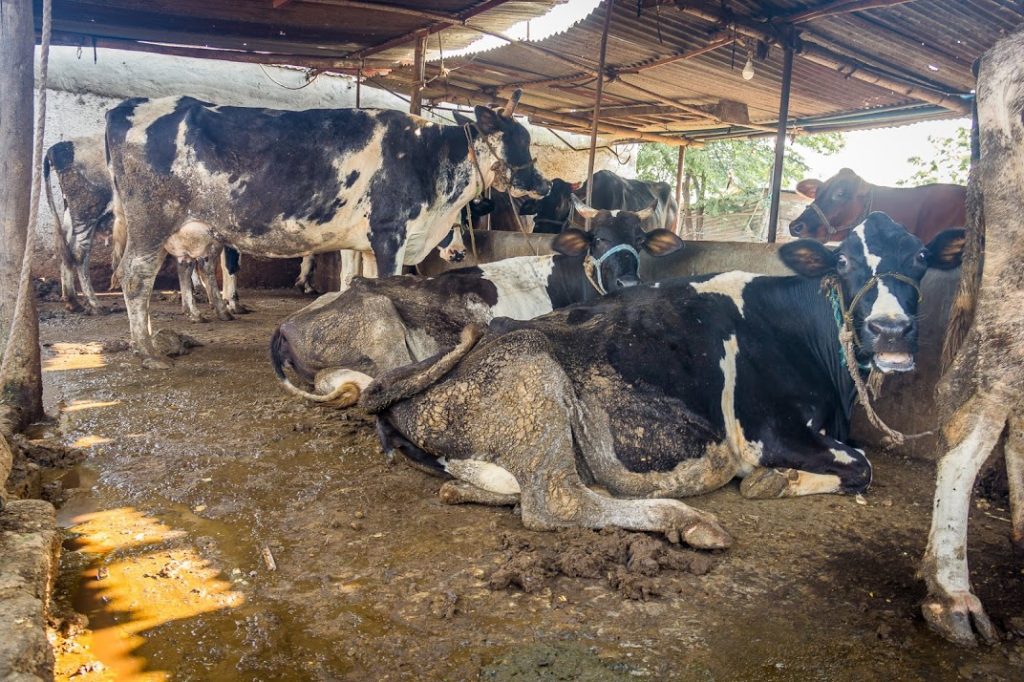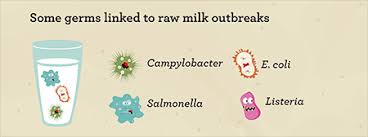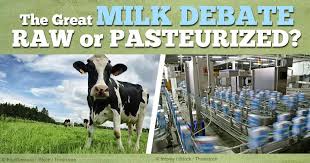For many decades, since the later part of the 19th century in fact, debates have been intense about raw milk and its heat treatment and the pros and cons of it all. Just to be clear that I’m not going to use any references in this article – with the voluminous amount of studies in the scientific literature on this topic, a huge literature review can easily be done, and I’m assuming many scholarly literatures have been written on this topic. However, I’m choosing to not go down that path, rather write from my experience, my understanding and my perspective on this all-important topic, one that is almost continuously debated – yes, one hot topic indeed! So, let’s get into it…
First of all, a definition. While the word “milk” has been used to refer to plant juice type products for many hundreds of years, in this case, I’m using the word milk to refer to the mammary gland secretion of adult female domesticated animals, most often bovine, but of course this various in different parts of the world.
Cattle themselves, the pasture environment or indoor cattle accommodation in colder climates in winter along with the milking environment are certainly not the most hygienic places (Figure 1). Animals, their faecal matter and mud is a combination that is certain to promote an unhygienic environment. Thus, it is not surprising therefore that (raw) milk can and does harbour pathogenic micro-organisms (Figure 2) and milkborne disease was a significant public health issue. Consequently, Louis Pasteur (Figure 3) is considered one of if not the most prominent scientist in the field of microbiology. It is he who developed the preservation technique that bears his name – pasteurisation. Originally developed for wine, it was applied to milk in an attempt reduce the terrible mortality and morbidity that came from drinking bovine milk raw, as was the case in those days. I could write much about the history of pasteurisation, it’s introduction to the dairy industry and the debates in those early decades about how to protect public health yet provide a nutritious product.



So what are the two sides today? Much the same really, it’s just that we have a different situation, scenario or norm now with most milk heat treated or otherwise processed for safety compared to a hundred years ago when most milk for human consumption was still raw, especially in the UK. As a food microbiologist, my instant response regarding human consumption of raw milk is that it is always unsafe and should never be done, despite the many benefits that are claimed (Figure 4). However, I read a review of a book (Figure 5) on Amazon recently which actually analysed such a response by a recent PhD graduate in his consumer-orientated book on food science questions. While it is true that I would never drink raw milk myself (well, I never drink dairy milk at all anymore as I am now vegan), it is actually impossible to say if it is always unsafe. The fact is, without microbiologically testing it, we just wouldn’t know. Another fact is that pathogenic microorganisms are not that common, so the likelihood of their presence in a given sample of raw milk is very low – however, without testing that milk, they could be there, and all it takes are a few cells sometimes, or some temperature abuse perhaps, and you have an out of control population of pathogenic bacterial cells on the verge of causing disease in an unsuspecting raw milk drinker. So while a given raw milk sample might be safe to drink, without testing it, we don’t know now. Therefore, the risk can never be zero under such circumstances and therefore, raw milk must never be drunk unless there is an iron-clad guarantee as to is safety, which is pretty much impossible.


It is true that heat treatment negatively impacts the nutritional quality of food, and milk too, but be aware of some people or groups making outrageous claims (Figure 5) that are incorrect. The personal and public health consequences of raw milk consumption are just not worth the extra nutritional benefit from raw milk. There are many safer food sources of those nutrients, or simply drink heat-processed milk, which will give you less of those nutrients, which you could make up from another source.

Now, there’s another argument that raw milk advocates sometimes raise, especially if they have a dairy farm background, and it is that they or their family or friends have been drinking raw milk for years or for decades and never got sick. Valid point, for sure. This just shows the fact that pathogenic microorganisms are in fact rarely encountered. Of course, the other possibility is that they did get ‘gastro’ and didn’t (or don’t want) attribute it to the raw milk.
To sum up here – milk is indeed a highly nutritious food/drink. Furthermore, there’s no denying the fact that heat treatment of raw milk, applied for safety reasons and to increase shelf-life, does have a detrimental effect on the nutritional quality. My verdict is that because there is always a risk of foodborne disease from raw milk (unless one can guarantee it being free from microorganisms, which is impossible from a practical perspective), it should never be consumed. There’s no point in taking an unnecessary risk. Better to simply seek alternative dietary sources of those nutrients you are seeking from (raw) milk.
I encourage challenge to my perspective, so let’s continue the debate in the comments section!

